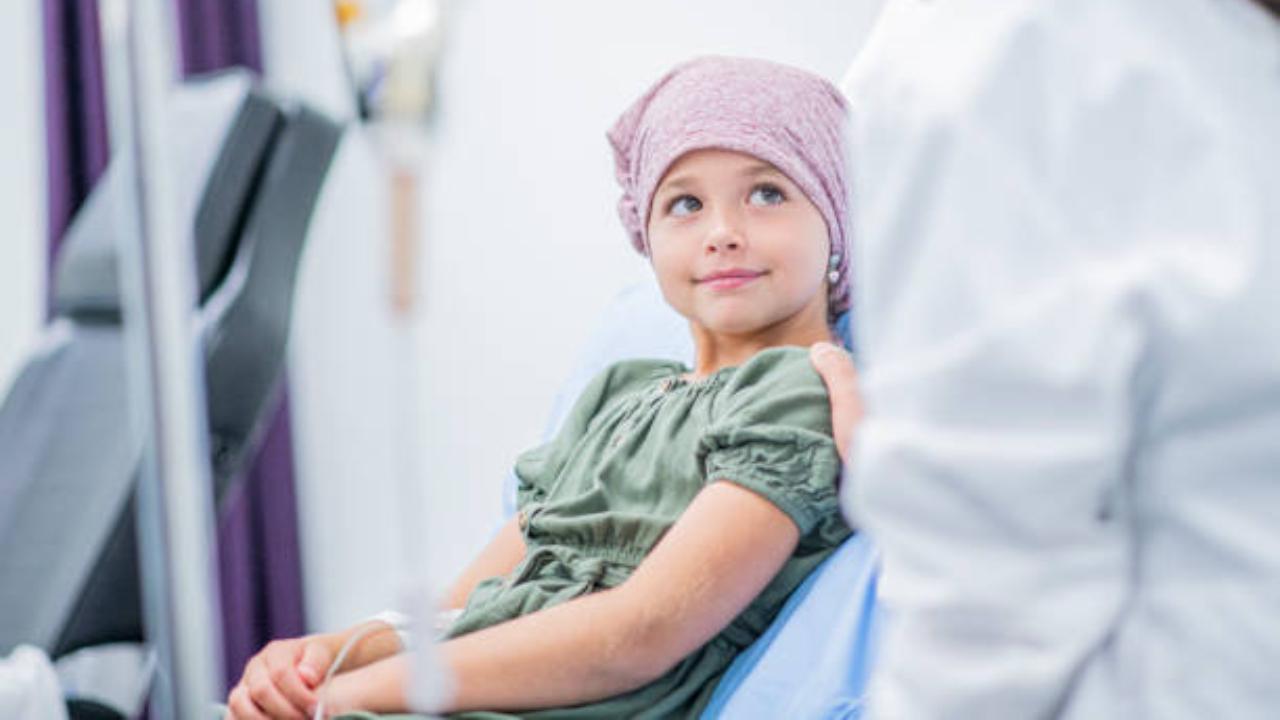Parents often have numerous inquiries about their child's well-being, treatment, and prognosis, such as the origins of the cancer. To comprehend the causes of childhood cancer, it is essential to have an understanding of how cancer functions

Image for representational purposes only. Photo Courtesy: iStock
Receiving a cancer diagnosis for a child can be a terrifying experience for parents. It encompasses various types of cancers, including leukemia, brain tumors, and lymphomas, among others. While advancements in medical science have improved survival rates in recent years, childhood cancer remains a leading cause of death in children, with treatment often involving aggressive therapies like chemotherapy, radiation and surgery.
ADVERTISEMENT
Parents often have numerous inquiries about their child's well-being, treatment, and prognosis, such as the origins of the cancer. To comprehend the causes of cancer in children, it is essential to have an understanding of how cancer functions. All types of cancer, including those affecting adults, arise from mutations or alterations in the DNA of a cell.
Cancerous cells multiply and spread at a much faster rate than healthy cells and can metastasize throughout the body, sometimes resulting in the formation of tumors.
These are the common childhood cancers:
Some cancers are frequently found in children are
1: Leukemias
2: Brain and nervous system cancers
3: Lymphomas
4: Wilms' tumors
5: Neuroblastomas
6; Osteosarcomas
These types of cancer are more prevalent among children compared to other forms.
The causes of childhood cancer
While the exact causes of childhood cancer are still not fully understood, some factors can raise the risk. Unlike cancer in adults, childhood cancers do not have a known cause for their occurrence.
1: Genetic predisposition plays a significant role in certain types of childhood cancer, with inherited genetic mutations increasing the risk.
2: Environmental factors such as exposure to radiation, chemicals and pollutants have been linked to an increased likelihood of developing childhood cancer.
3: Infections caused by viruses or bacteria may contribute to the development of certain types of childhood cancer.
Preventing childhood cancers: One important tip is to promote a healthy lifestyle for children, including regular physical activity and a balanced diet. Encouraging kids to avoid exposure to environmental toxins, such as secondhand smoke and dangerous chemicals, can also play a role in reducing their risk of developing cancer. Early detection through regular medical check-ups plays a crucial role in preventing childhood cancer or catching it at an early and more treatable stage. By staying informed and taking proactive measures, the incidence of childhood cancer can be reduced by safeguarding their well-being.
(Dr. Sarang Waghmare, MBBS, MD, Fellowship in Clinical Hematology, Onco Lifecare Cancer Centre, Chiplun)
 Subscribe today by clicking the link and stay updated with the latest news!" Click here!
Subscribe today by clicking the link and stay updated with the latest news!" Click here!







